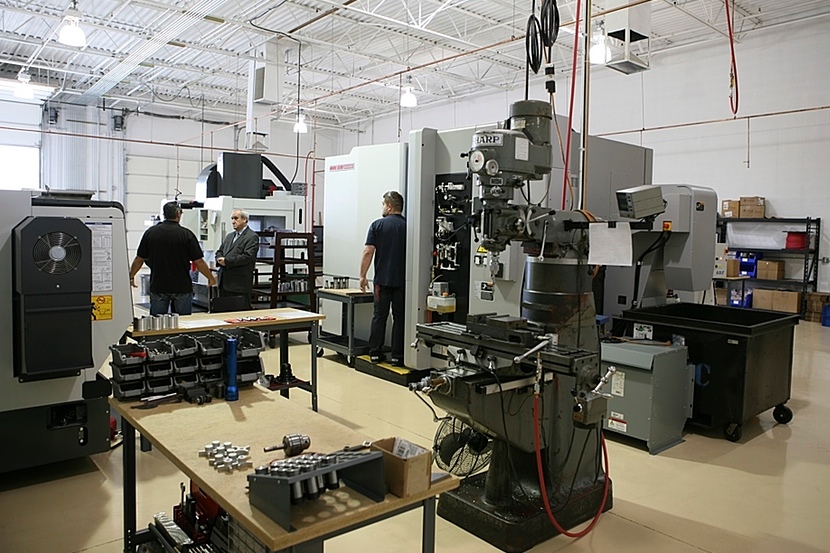
ONBOARD® Manufacturing Facility in Mesa, AZ. Photo: John Lytle
Preserve Technologies announces the rollout of the ONBOARD® ECVD System that significantly reduces oil and fuel consumption in buses and trucks. Anthony Evans, Founder and COO, explained, “By using our system operators can save up to 11 cents per mile, avoid oil disposal liabilities, clean the environment, and preserve engine life. An investment in an ONBOARD® ECVD refiner will pay for itself in a few months and can return 10 times the investment in three years.”
The ONBOARD® ECVD system is simple and effective. While the standard oil filtration system is untouched, a small amount of oil is deviated to the ONBOARD® ECVD system to be further refined.
- Stage One filters all particles larger than three microns. A commercial engine’s standard factory-installed filter only filters particles to 30 microns.
- Stage Two extracts liquids—water, unburned fuel, glycol and other substances—by evaporation and convection. The vapors are not released to the atmosphere, but are re-burned in the combustion chamber. “Most oil changes are avoided,” explained Evans. “There is less wear and tear on the engine because it’s always running with like-new oil. Fuel is saved, friction is reduced, the environment is protected from discarded oil, and emissions are cleaner due to a cleaner-running engine.”
There is less wear and tear on the engine because it’s always running with like-new oil. Fuel is saved, friction is reduced, the environment is protected from discarded oil, and emissions are cleaner due to a cleaner-running engine.
According to Evans, “Fleets changing oil eight times per year on 700 trucks would save $1.7 million annually just in oil changes, with an investment of $1 million in ONBOARD® ECVD refiners. Customers have been reporting savings of 3% to 8% in fuel. Even a conservative 3% savings for 700 trucks logging 15,000 miles per month would produce fuel savings of $1.6 million in a year. That’s $3.3 million total oil change and fuel savings the first year, with an investment of $1 million. In three years, such an investment could save $10 million. The environment is protected, and engines last longer.”
“There is less wear and tear on the engine because it’s always running with like-new oil. Fuel is saved, friction is reduced, the environment is protected from discarded oil, and emissions are cleaner due to a cleaner-running engine.”